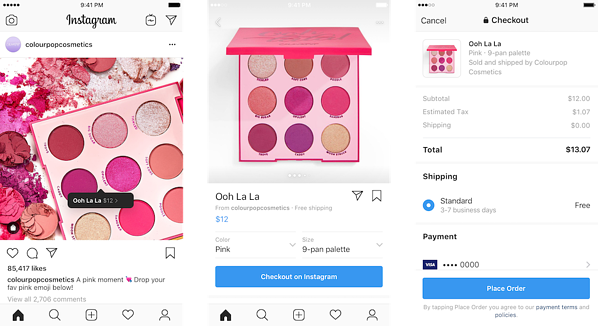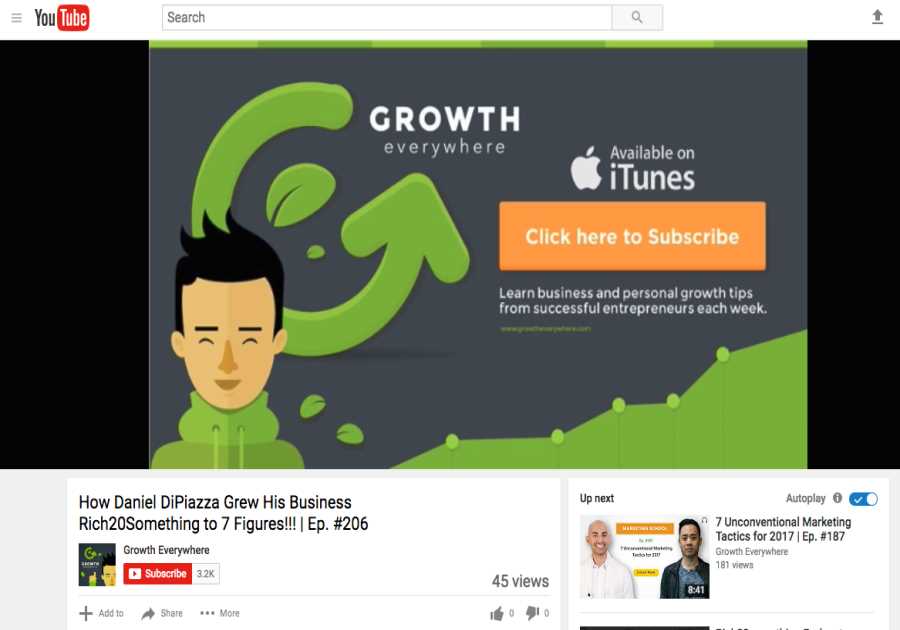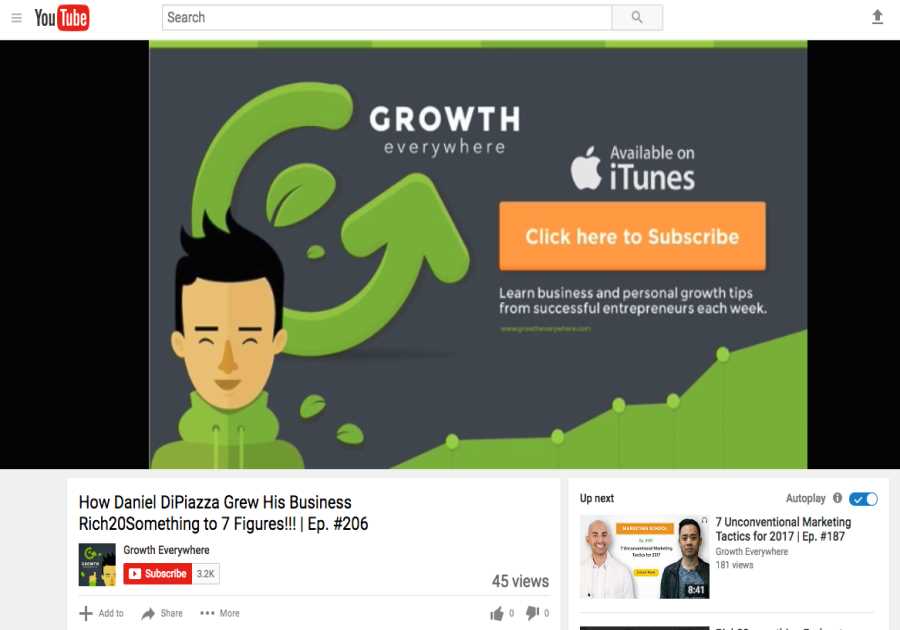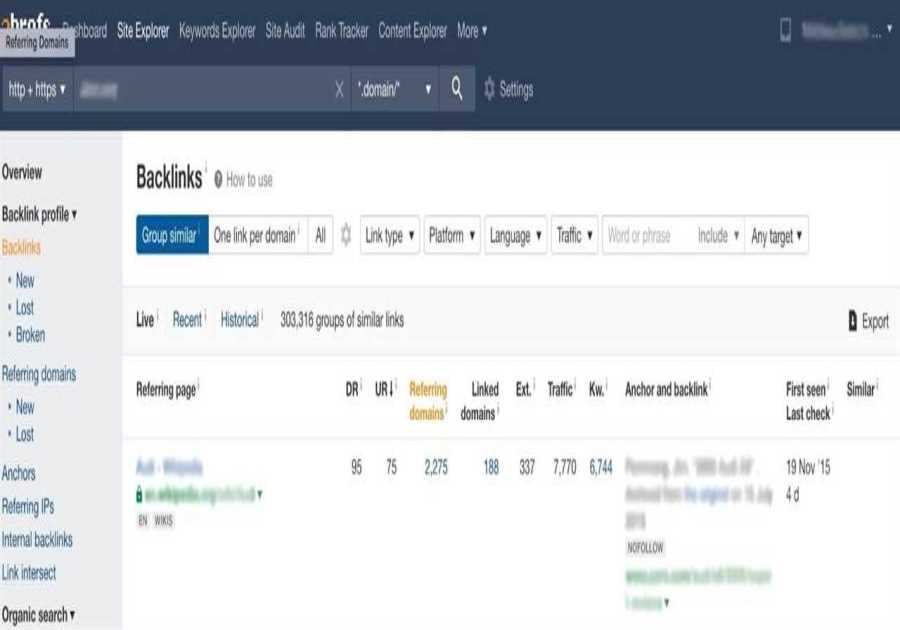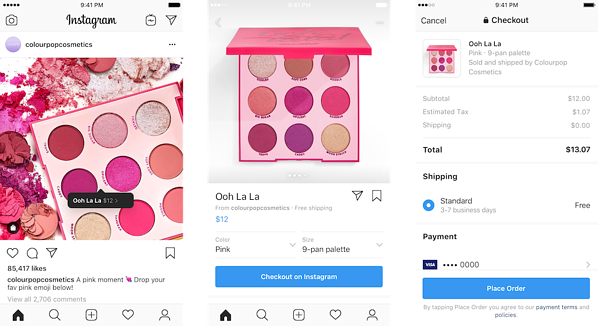
When the COVID-19 pandemic began, many consumers raced online to buy products they couldn't get in-store. And, by July 2020, global retail ecommerce sites cumulatively saw a record 22 billion monthly visits.
As brands scrambled to offer more products and services online, social media platforms -- such as Facebook, Instagram, and WhatsApp --began rolling out ecommerce tools to help businesses sell more items directly from their social pages.
Now, as social media networks continue to expand on in-platform shopping tools, it's clear that social media ecommerce is gaining steam. But, as with any new marketing trend, you might wonder, "Are consumers actually buying products while surfing social media?"
The question above is worth asking. As a marketer, creating an online catalog or ecommerce process -- even with the help of an intuitive social media platform -- takes time and effort.
Not only will you need to determine which products will be sold online and how you'll deliver them to customers, but there might also be a technological learning curve for your team. Odds are, you'll want to know that consumers are actively using social media shopping tools before you enable them
To help you determine if social media shopping features are worth considering, I asked 467 consumers if they'd ever purchased products on social media platforms.
![Download Now: Social Media Trends in 2021 [Free Report]](https://internetmarketingworldwide.com/images/blog/thumbnails/202103/img_11031133001.jpg)
Do Consumers Actually Buy Products on Social Media?
There are now more ways than ever to buy products on social media. But, since some social media shopping tools are still rather new to shoppers and brands, you might think consumers have barely used them yet.
But, when we asked, "Have you ever purchased a product directly from a social media platform? If so which one(s)?" more than 50% of consumers had purchased a product on at least one platform.
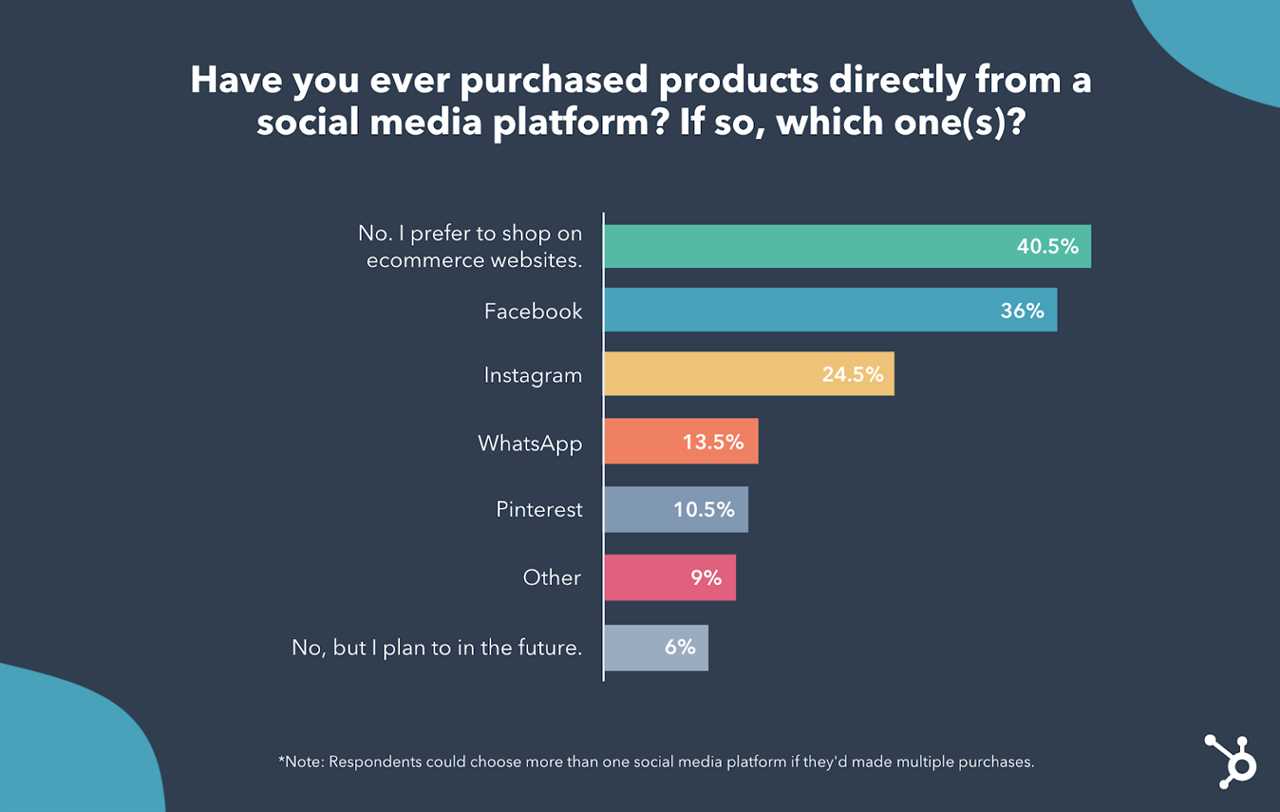
Data Source
Of the 49.5% of respondents that haven't purchased a product directly from a social media platform, 9% said they still plan to do so eventually, while 40.5% say they prefer to buy products from ecommerce websites. Although that 9% of consumers who plan to shop on social media one day seems like a small number, it could grow as social media shopping tools gain more use, popularity, or trust in the coming months.
Ultimately, while social media shopping features are still fairly new to consumers, they might make sense for brands that are looking for a scalable way to enter the ecommerce world.
Below I'll dive into the four social media platforms consumers say they've purchased products from and how they could be useful for brands.
Which social media platforms are consumers really shopping on?
More than one-third of the survey respondents above have purchased a product directly from Facebook.
Facebook's online shopping popularity isn't surprising. Even before the 2020 launch of Facebook Shops, users flocked to Facebook Marketplace to find items or products being sold by residents nearby, independent sellers, or even local stores.
While Facebook Marketplace is more like Craigslist than an ecommerce store -- and still requires you to contact a seller or go to their website before buying a product, its years of success likely helped justify the launch of Facebook's newest shopping features.
Here's a brief rundown of the newest ways people shop on Facebook:
Facebook Shops
Facebook Shops, which rolled out this summer, enables business page admins to create a "Shop" featuring a list of products or product collections.
Users who visit the brand's Facebook Business Page can tap or click a View Shop button to see products, add items to their cart, and purchase them directly from a Facebook Checkout page.
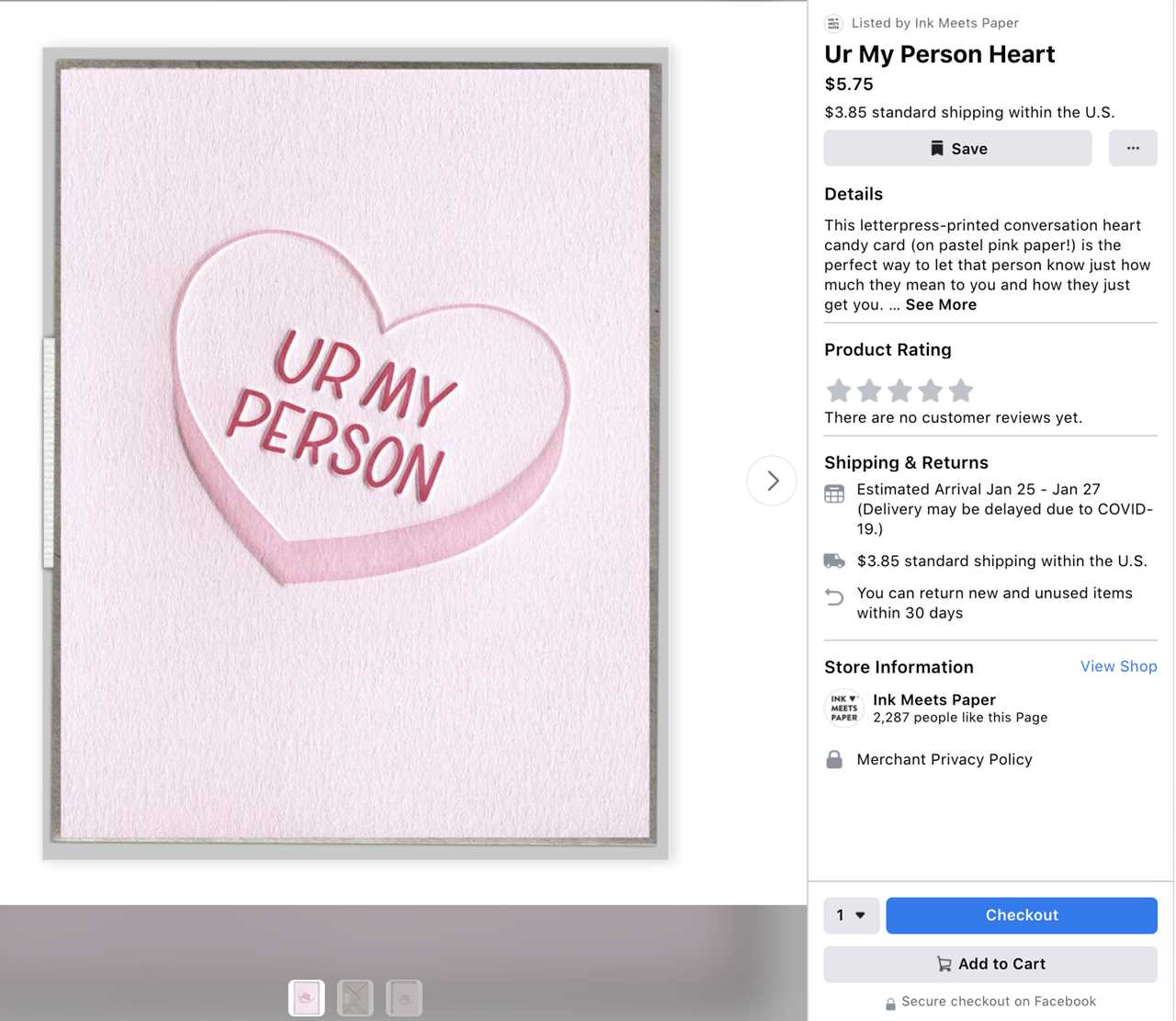
Facebook Messenger
Social media users who aren't interested in sifting through a Shop's list of products can also message brands on Facebook Messenger. Once a brand creates a Facebook Shop, they can integrate it with their Messenger account, WhatsApp account, or Instagram account for a smooth customer purchasing experience directly in their threads.
When customers message brands with Shop integrations to learn more about specific products, they'll receive automated messages with product suggestions from the Shop owner -- as seen in the image below.
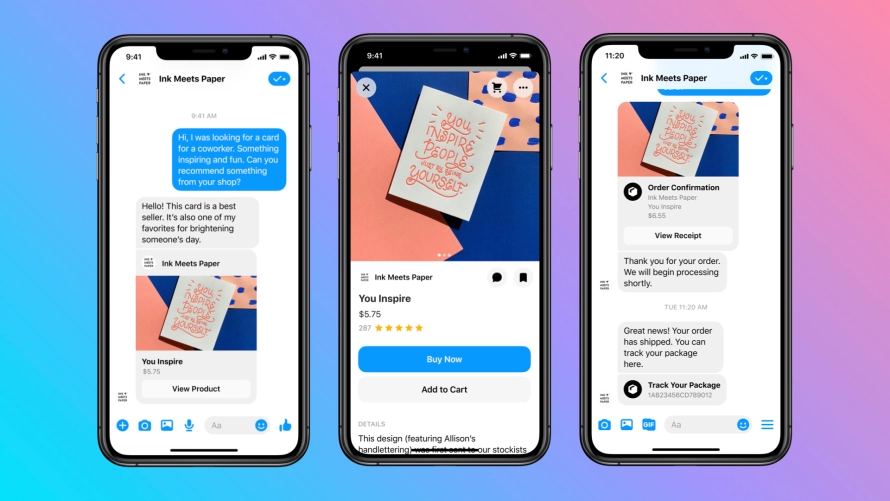
Image Source
The Facebook Shops' Messenger integration isn't the first feature Facebook has offered that enabled consumers to shop via message thread. Between 2016 and 2019, Facebook allowed business pages to send messages that included a product shot, basic description, and a Buy Now button which allowed customers to buy products in the Messenger app via their phone's payment feature. Here's what this looked like:
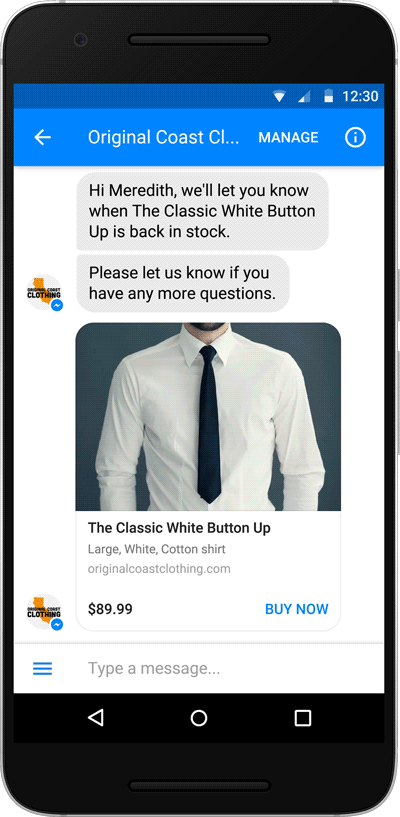
Image Source
Takeaways for Marketers
Currently, launching a Facebook Shop might be one of the best ways to sell products on social platforms. Not only does Facebook have the largest and broadest reach of all the platforms on this list, but Facebook Shops can also integrate with Instagram and WhatsApp, allowing you to easily expand to multiple social media platforms when you're ready.
Even if you already have an ecommerce site, Facebook Shops can still be beneficial if you have large audiences on social media who primarily use mobile phones and apps to surf the web. For example, if a new prospect comes across your brand on the Facebook app, they can simply click into your Shop, check out a few products, and even buy a few using their phone's payment tool. This might create much less friction than they'd receive if they needed to leave their social media app to browse through a large list of products shown in your ecommerce store.
Ultimately, Shops' versatile options could be a good fit if you sell to a broad audience, are interested in expanding to Instagram or WhatsApp, or are an experienced online seller who also wants to turn social media followers into customers.
Although most of Instagram's shopping features were added after Facebook Shops launched, nearly a quarter of respondents have bought products on Instagram.
Below are Instagram's most notable shopping features:
Instagram Shops
Instagram Shops essentially uses the same design, layout, and technology Facebook Shops, but is linked to Instagram Business Pages specifically. Like Facebook Shops, you'll also need admin access to a Facebook Business Page and a Facebook Shop to use this feature.
To leverage this feature, you merely need to go to your Facebook Commerce Manager settings, link your Facebook and Instagram Business pages to each other, and enable your Shop on your Instagram Business profile so your visitors will see a View Shop button. Once this Shop is activated, your Instagram Shop's viewers will see the same mini-online store they'd see if they entered your Facebook Shop on that platform.
Instagram Shoppable Posts
While you'll still need a Facebook catalog that lists your products, you do not need a Facebook Shop to launch Instagram Shoppable posts. This feature allows you to link your Instagram feed posts and images directly to the product's Instagram Checkout page.
Image Source
While this feature began specifically with feed-style posts, it has now stretched to Instagram Stories, Instagram Live (shown below), and -- most recently -- Instagram Reels.
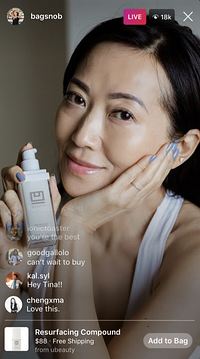
Image Source
While an Instagram Shop allows your followers to see all the major products or collections your selling, Instagram Shoppable posts allow you to highlight your product with creative content, such as reviews or demos, while also linking directly to a purchasing page. This enables users to discover a product, watch it in action, and buy it almost immediately if they like what they've seen.
Instagram's Shopping Tab
You can also optimize your Instagram product content to show up in the Shopping tab of Instagram's app. With this tool, prospects that might not know about your brand might search for products, find items from your brand, and add them to their bag. From there, they can tap the bag icon in the corner and purchase these products directly from the Instagram app.
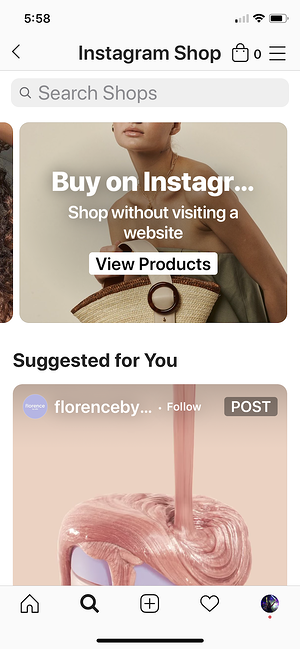
Takeaways for Marketers
Instagram's shopping features might be useful to your brand if you already have a presence on Instagram, target the Gen Z or millennial audiences, and have engaging or intriguing photo or video assets to market your product, brand, or service.
If you already have a Facebook Shop and want to expand your social media ecommerce strategy to Instagram, it's also scalable and easy. Because Instagram Shops are carbon copies of pre-created Facebook shops, you only need to take a few steps to place a Shops button on your Instagram Business Page. But, if you don't have interest in a Facebook account, you can still leverage Instagram Live Shopping, Shopping Posts, and highlight your products in the Instagram Shopping tab.
To learn more about each of these tools, how they work, and how brands can leverage them, check out this post for more details.
While WhatsApp, also owned by Facebook, doesn't have its own shopping platform, users can still chat with brands, request to purchase a product from the companies WhatsApp for Business catalog, and pay for it directly in the message thread.
The WhatsApp payment feature, shown below, is quite similar to Facebook Messenger's older "Buy Now" feature, shown in the section above:
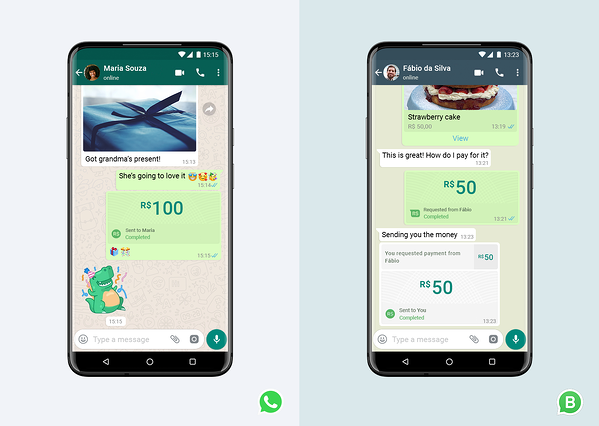
Image Source
Takeaways for Marketers
While buying products might take a bit longer on WhatsApp than on a Facebook or Instagram Shop, roughly 13.5% of respondents have still done it.
As WhatsApp continues to grow and expand its business features, this app might be worth keeping on your radar if you are interested in building a chat-based community and social revenue stream at the same time.
While this app might be opportunistic for conversational marketers, this app might also be beneficial if you're looking to sell internationally. While Facebook and Instagram also have audiences around the world, most of WhatsApp's user base lives outside of the U.S. In fact, WhatsApp's largest audiences are from India and Brazil.
Until recently -- Pinterest users could buy some of the products they saw directly in the Pinterest app. Interestingly enough, it launched and discontinued its tool before Facebook and Instagram launched similar features.
From 2015 to 2018, Pinterest enabled brands to create Buyable Pins that allowed you to purchased pinned products directly from the app. Next to each Buyable Pin's "Save" button was a blue "Buy It" button. When tapped, it sent users directly to a Pinterest purchasing screen.
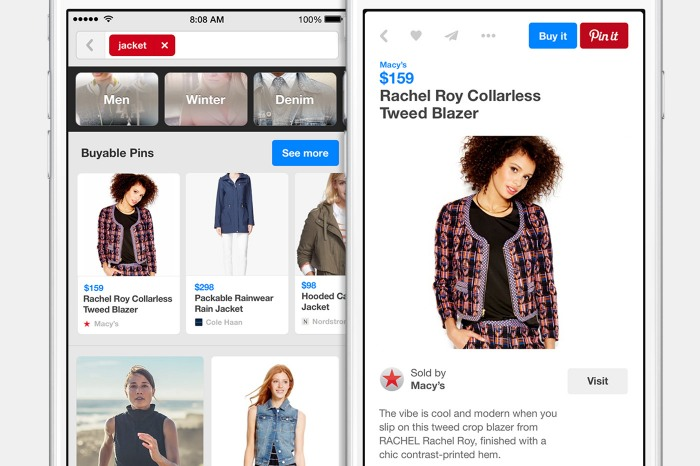
mage Source
While Pinterest offered its in-app purchasing feature for years, the brand converted Buyable Pins to more scalable Product Pins in 2018.
Product Pins, which the platform now uses, send app users to a company's website checkout page rather than a Pinterest app page.
While the conversion to Product Pins prevented Pinterest from needing to manage millions of transactions a year, it was also more beneficial to the brands. In a 2018 statement to AdWeek, Pinterest revealed that Product Pins received 40% more clicks than Buyable Pins.
Although Buyable Pins are no longer active, 10.5% of respondents still say they've purchased products directly on the platform.
While respondents could have purchased items from Buyable Pins in the past, they also could have made purchases through Product Pins, which open an in-app browser to a brand's checkout page without requiring users to leave Pinterest. Although the transaction itself isn't happening on Pinterest's servers, the feature still enables users to make a quick purchase without interrupting their social media experience.
Takeaways for Marketers
Although Pinterest no longer enables consumers to make purchases directly from the platform, you should still take its product marketing opportunities, such as Product Pins, seriously.
After all, many different audiences use Pinterest to create inspiration boards filled with products or items they might want to purchase. And Pinterest data shows that users like to search or learn about products on the platform
Aside from the brand-friendly nature of Pinterest's platform, marketers should also take note of its consistent growth. By Q3 of 2020, Pinterest surpassed 442 million monthly active users, up from 322 million in Q3 of 2019. Even if it doesn't seem like Pinterest is the right platform for your brand now, it might be useful to your strategy later as its audience continues to grow, evolve, and use the platform to look for products or inspiration.
Which Social Platforms Should You Sell On?
While many of the respondents above still haven't purchased a product through a social media platform, this might change as shoppers continue to embrace online shopping.
Additionally, as more brands leverage social shopping tools in place of ecommerce stores, shoppers might become accustomed to using social media shopping options.
If and when you do decide to launch a social media shopping feature for your brand, you'll want to look at your audience when determining the right place to start.
For example, if your audience is made up of many different age groups, Facebook might be the best place to set up shop. Meanwhile, if your audience is primarily Gen Z, you might want to embrace Instagram's tools.
Additionally, you should prioritize social media shopping tactics on platforms you've already built a following on. For example, if you have a large, engaged WhatsApp audience, selling products there might be a scalable expansion to an already-strong social media strategy.
Ultimately, the best strategy will be to determine where your audiences are most likely going to shop or surf social media and then meet them where they are with your product listings or online shop
To learn more about where your target social media audience might be, check out this helpful post on social media demographics.
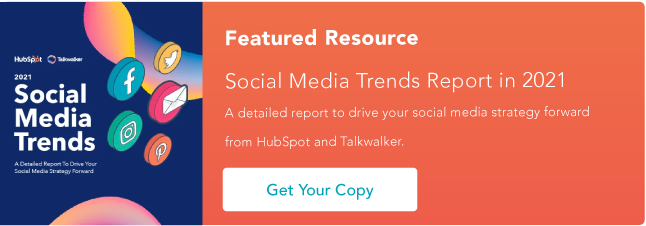
![Do Consumers Actually Shop Directly on Social Media Platforms [New Data]](https://internetmarketingworldwide.com/images/blog/thumbnails/202103/img_110311330112.jpg)
By: [email protected] (Pamela Bump)
Title: Do Consumers Actually Shop Directly on Social Media Platforms [New Data]
Sourced From: Original article available: blog.hubspot.com/marketing/do-consumers-shop-directly-on-social-media-platforms
Published Date: 2021 03 08
Did you miss our previous article...
https://internetmarketingworldwide.com/social-media/27-exciting-new-tools-for-designers-march-2021

